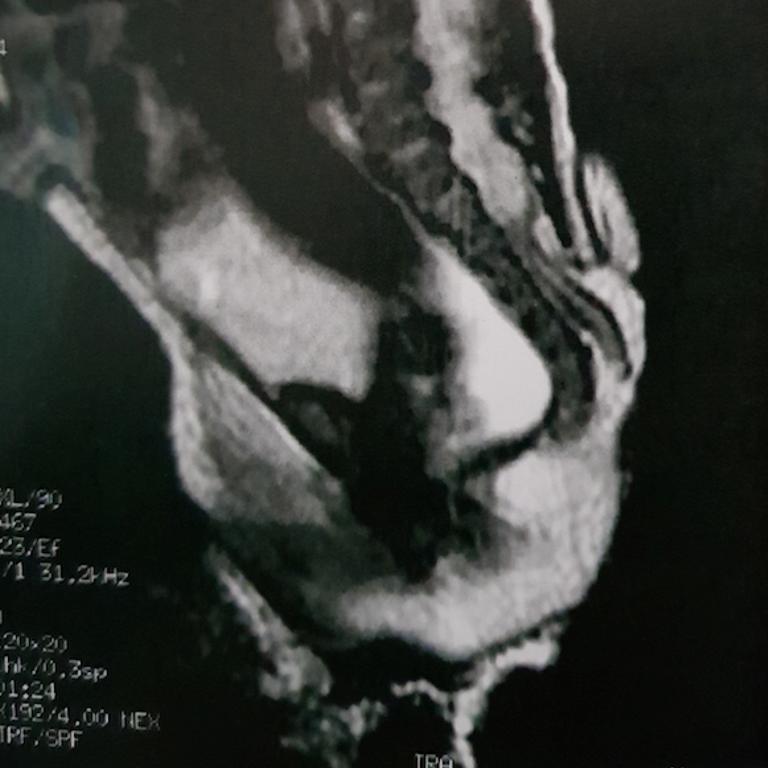Brazilian baby girl born with 6 cm long tail
A baby girl in Brazil has left doctors stunned after she was born with a tail, which was covered in skin and protruded from her back.

A baby girl in Brazil has left doctors stunned after she was born with a tail.
Surgeons removed the newborn’s 6cm-long appendage, which was covered in skin and protruded from her back.
Pictures of the remarkable case were published in the Journal of Pediatric Surgery Case Reports.
The unidentified girl was born with spina bifida, a birth defect that occurs when a baby’s spinal cord doesn’t develop properly.
The infant’s condition caused a gap to form in her spine. Medical experts believed the abnormality was likely the cause of the tail.
Surgeons closed up the hole and removed the appendage.

Doctors from Grendaac, a children’s hospital in Sao Paulo, said the tail generated up from the lumbosacral region, the area that connects the spine to the pelvis.
Medics diagnosed the appendage as a “human pseudo-tail”, a growth that resembles a tail but are caused by spine problems or tumours.
The deformity is different to a tail, which contains muscle, blood vessels and nerves but no bones.
Researchers from the Centre for Fetal and Placental Research in Ohio studied the case alongside Brazilian doctors.
“Human caudal appendages are rare lesions that impose an enormous stigma on their carriers and parents,” they wrote.
“Fetal caudal appendages are associated with spinal dysraphisms (spina bifida), and its presence therefore mandates careful screening for underlying spinal cord defects.
“Identifying of the numerous possible associated anomalies is critical to plan the correct treatment and offer good quality counseling [sic].”
The experts added that surgery is important to avoid stigma and complications such as pain, torsion, further growth, irritation, or breakdown.

This is not the first time a child has been born with a tail.
Last year, a baby girl in Mexico was born with an extremely rare 5 cm-long “true tail.”
A “true tail,” a benign appendage consisting of only tissue and fat, which is much rarer, with only 40 cases reported.
Surgeons decided to snip it and reconstruct the region via Limberg plasty — a procedure that transplants tissue from the patient’s own buttocks.
Fortunately, the operation went off without a hitch, and the patient was discharged from the hospital to live life unburdened by a tail.
– With NY Post






